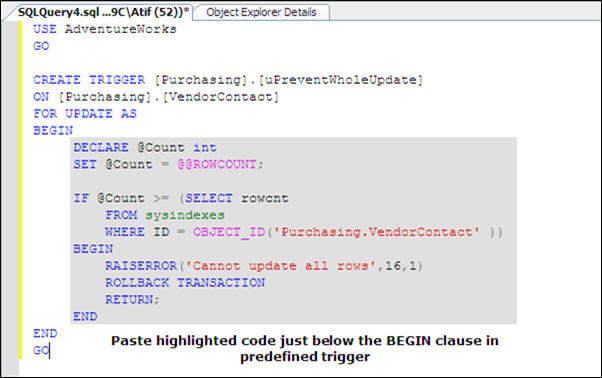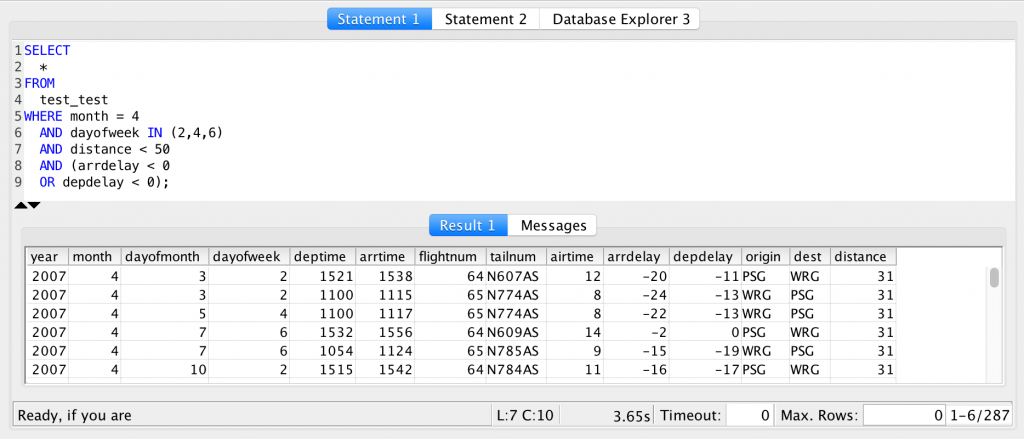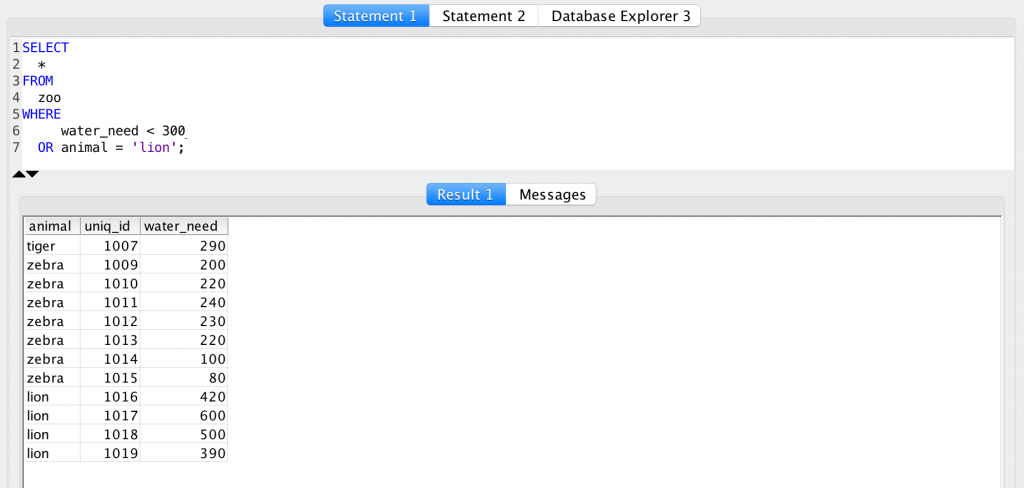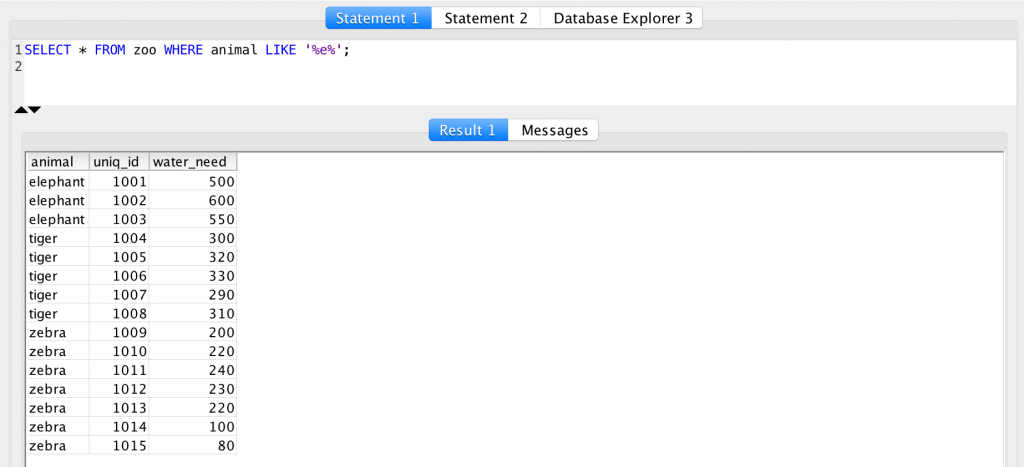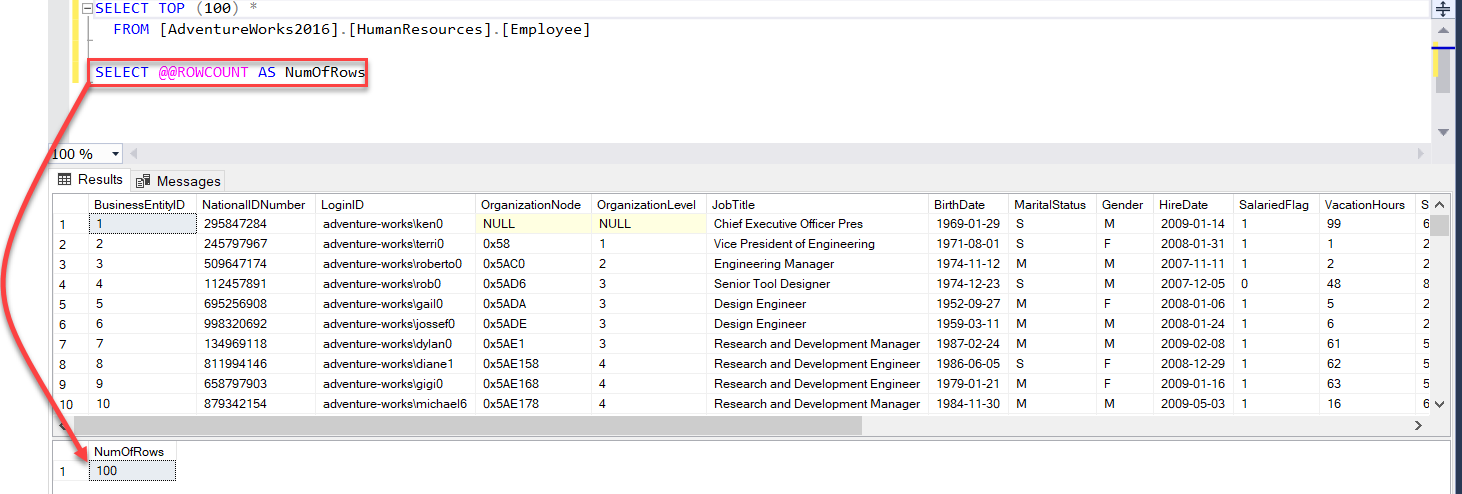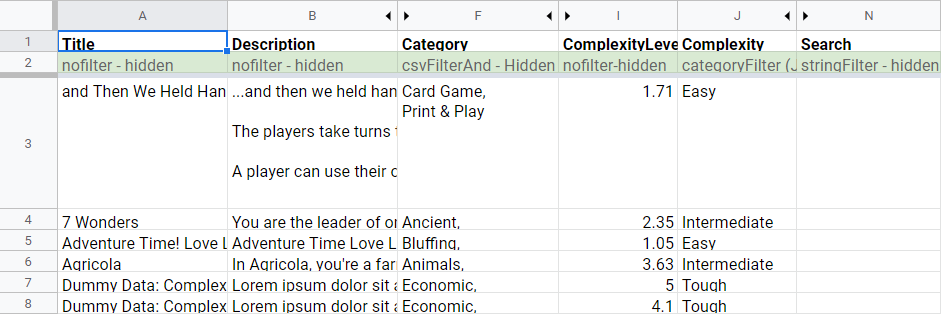To Restrict The Rows Returned From An Sql Query You Should Use The Clause

The values of both arguments must be zero or positive integers.
To restrict the rows returned from an sql query you should use the clause. Use limit clause to constrain the number of rows returned in sql select statement for mysql. The limit clause is an extension of the select statement that has the following syntax. The limit clause allows you to limit the number of rows returned by the query. You can use the oracle row limiting clause to get the top percentage of rows.
Example 1 basic usage. The select top clause is used to specify the number of records to return. Mysql supports the limit clause to select a limited number of records while oracle uses rownum. To restrict the rows returned from an sql query you should use the clause.
Let s take a look at this query. Select select list from table name order by sort expression limit n offset m. The following illustrates the limit clause syntax with two arguments. Select where group by condition all of the above.
If a table contains one million rows and you only want to retrieve data from row 1 to row 100 you can use the limit clause. Below are examples of using the top clause to limit the result set in sql server. Using limit clause to constrain the number of rows retrieved. The limit clause is used to constrain the number of rows returned by the select statement.
Not all database systems support the select top clause. The where clause is used to restrict the number of rows returned from a select query. The select top clause is useful on large tables with thousands of records. This is done using the percent keyword within this clause.
The limit clause accepts one or two arguments. The sql select top clause. This clause provides similar functionality to limit in mysql and rownum in oracle although there are differences in how each of these work. In sql server you can use the top clause to limit the rows returned from a query result set.
Choose the database elements whose values can be compared in a where clause of a select query.
